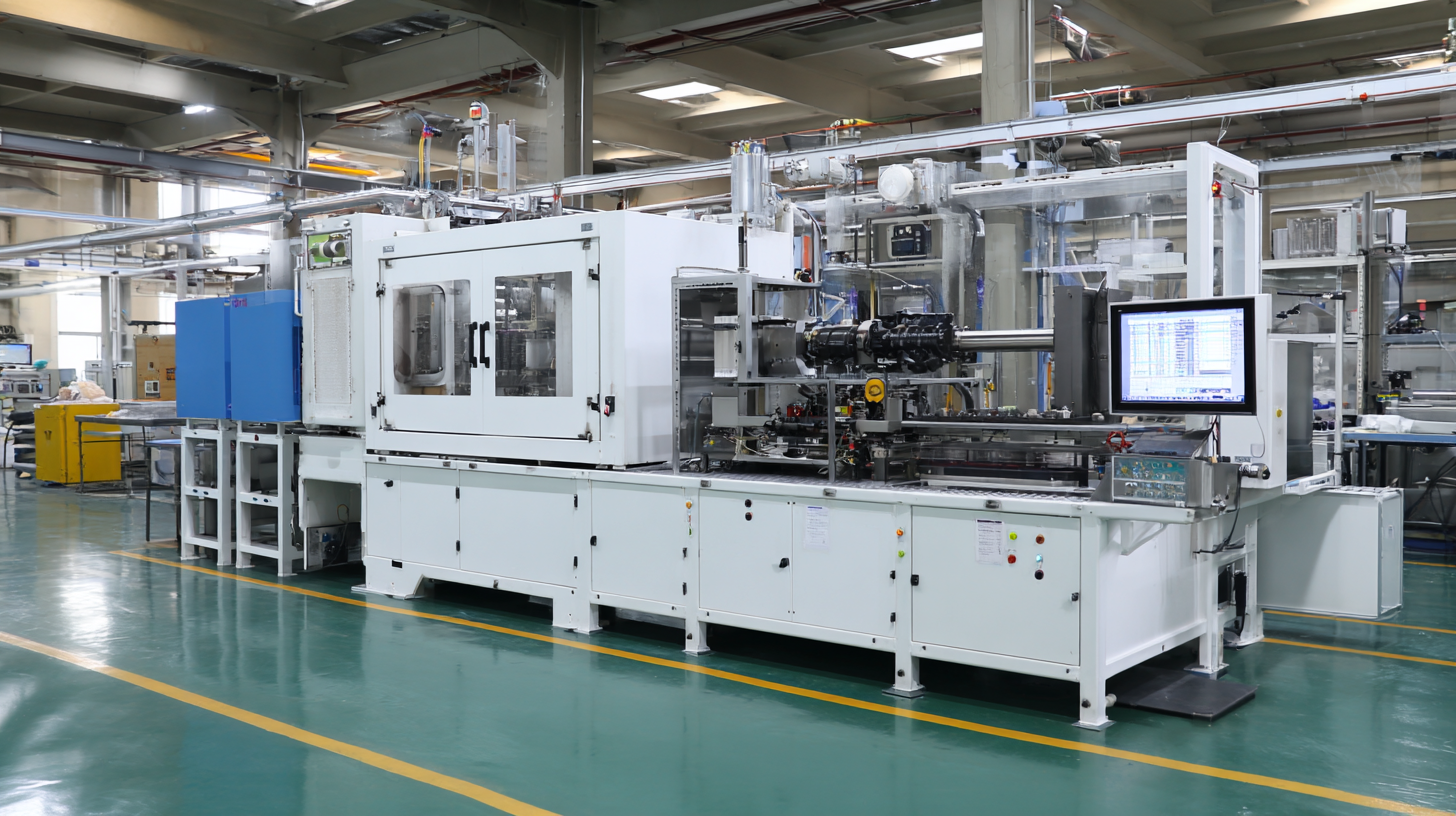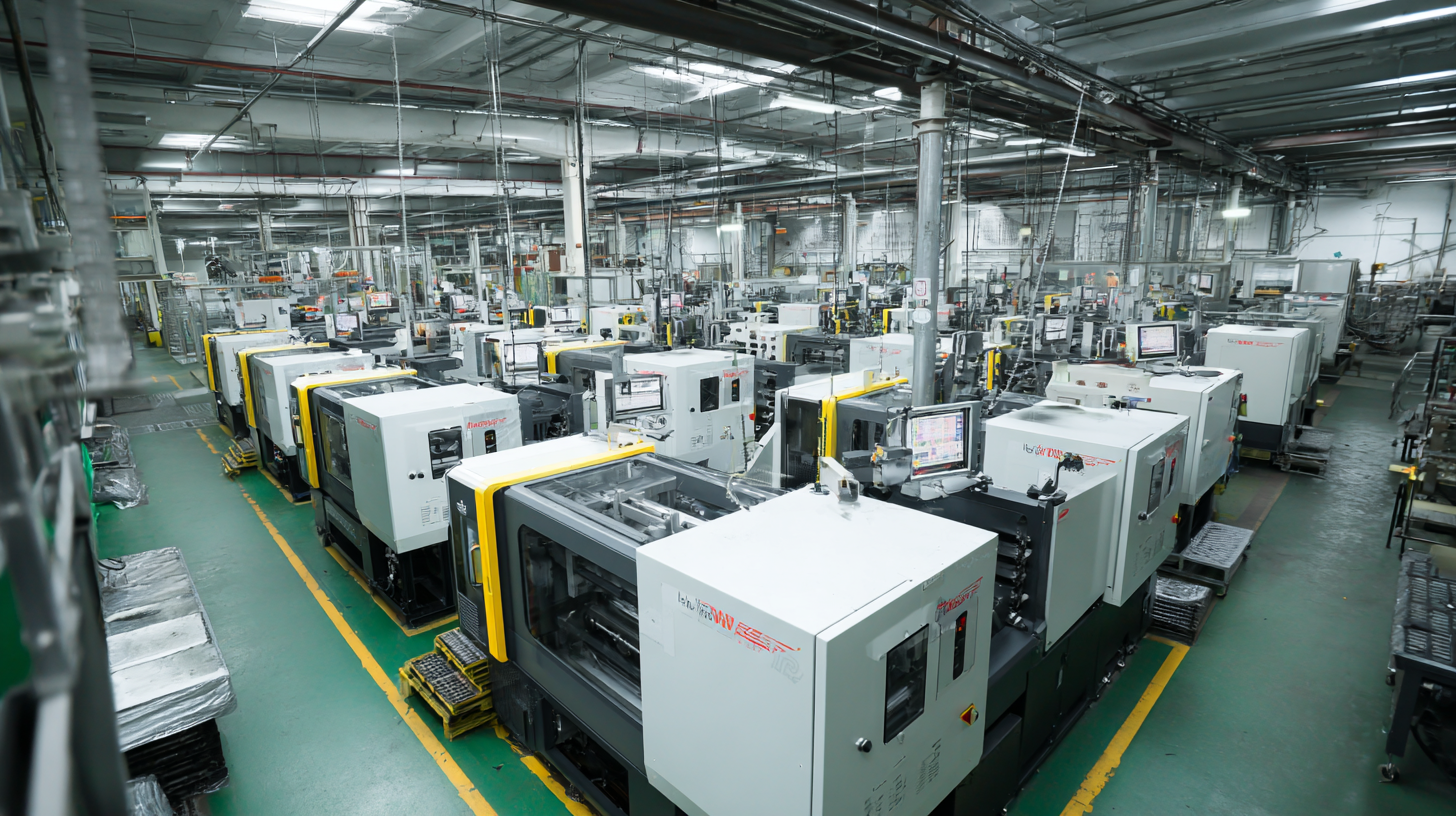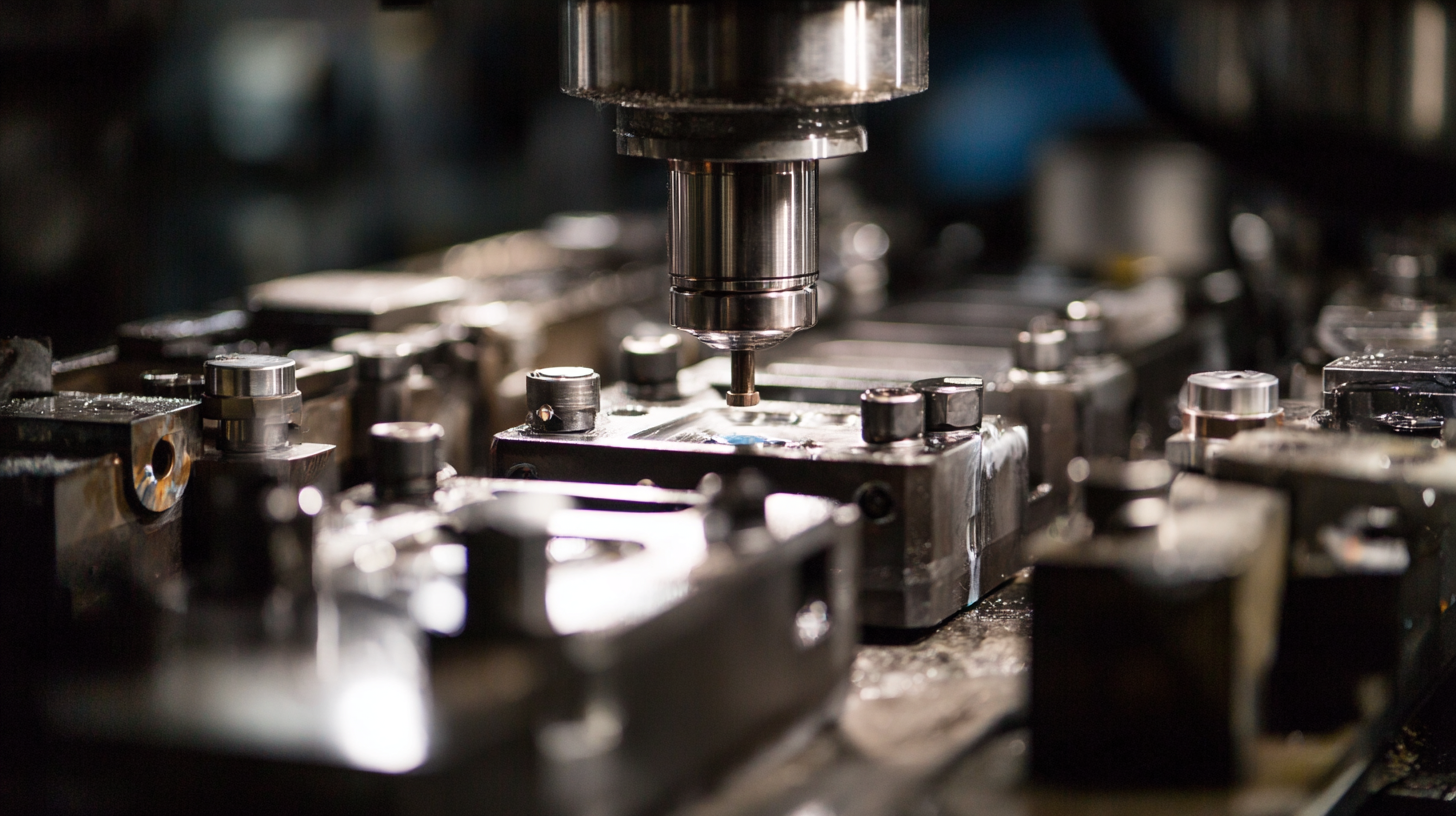In today's competitive manufacturing landscape, the efficiency and precision of production processes are paramount. The adoption of innovative technologies has become a crucial step for companies aiming to enhance productivity while reducing costs. Among these advancements, low pressure molding systems have emerged as a powerful solution, allowing manufacturers to optimize workflows and improve product performance. According to a report from the International Society of Automation, companies that have integrated low pressure molding techniques into their production lines have reported a 30% reduction in material waste and a 20% increase in production speed. These systems not only improve the integrity of components by minimizing stress and distortion during the molding process, but they also facilitate complex geometries that traditional methods may struggle to achieve. As manufacturers seek ways to streamline operations and achieve higher quality outputs, understanding and implementing low pressure molding systems is essential for gaining a competitive edge in the industry.

 Low pressure molding systems are transforming modern manufacturing by providing a range of benefits that address the evolving challenges in the industry. These systems utilize lower pressures to inject materials, reducing the risk of damage to sensitive components while enabling intricate designs. This technique is particularly advantageous for applications requiring precision, such as electronics and automotive parts, where the delicate nature of product architecture necessitates careful handling.
Low pressure molding systems are transforming modern manufacturing by providing a range of benefits that address the evolving challenges in the industry. These systems utilize lower pressures to inject materials, reducing the risk of damage to sensitive components while enabling intricate designs. This technique is particularly advantageous for applications requiring precision, such as electronics and automotive parts, where the delicate nature of product architecture necessitates careful handling.
Moreover, low pressure molding is increasingly being recognized for its sustainability potential. In a market that is progressively leaning towards environmentally friendly practices, this method minimizes waste and energy consumption compared to traditional molding techniques. With advancements in material technology, including fiber-reinforced polymer composites, manufacturers can achieve superior mechanical properties while maintaining eco-friendliness. As companies strive to enhance their production processes, the integration of low pressure molding systems not only offers operational efficiencies but also aligns with a growing commitment to sustainability in manufacturing.
Adopting low pressure molding systems in manufacturing processes can lead to significant efficiency gains, as evidenced by recent industry benchmarks. According to a report by the Freedonia Group, manufacturers that integrate low pressure molding can achieve up to 30% faster production cycles compared to traditional methods. This is largely due to the reduced energy consumption and shorter cooling times associated with low pressure processes, allowing for a quicker turnaround in production schedules.
Additionally, a study from the Association for Manufacturing Technology indicates that companies leveraging low pressure molding can reduce material waste by as much as 20%. This reduction is attributed to the enhanced precision of low pressure systems, which minimizes excess material usage and maximizes the yield from raw inputs. By optimizing resource use and reducing cycle times, manufacturers not only improve operational efficiency but also contribute to a more sustainable production environment.
In recent years, low pressure molding systems have emerged as a transformative solution in the manufacturing sector, offering distinct advantages over traditional methods. One of the most significant benefits is the enhanced precision and consistency they provide. Traditional manufacturing often involves high pressures that can cause deformation or damage to sensitive components. In contrast, low pressure molding operates at a fraction of the pressure, minimizing the risk of stress on materials while ensuring a uniform application of the encapsulating agent. This results in better product quality and reduced waste, as manufacturers can produce items that meet strict specifications more reliably.
Additionally, the versatility of low pressure molding systems allows for the integration of various materials, making it an attractive option for manufacturers looking to innovate. Traditional methods may limit the types of materials used due to compatibility and the high stress involved in the manufacturing process. Low pressure molding can effectively encapsulate electronic components, for instance, while providing protection against environmental factors and mechanical stress. This adaptability not only facilitates the production of complex designs but also enables faster prototyping and shorter production times, giving manufacturers the competitive edge they need to respond rapidly to market demands.
Low pressure molding systems have quickly become a game-changer in various manufacturing sectors, providing innovative solutions for diverse applications. Case studies highlight the successful implementation of these systems in industries such as automotive and electronics. For instance, a prominent automotive manufacturer faced challenges with traditional encapsulation methods, which were time-consuming and cost-inefficient. By integrating low pressure molding, they streamlined their assembly line process, reducing production time by 30% while enhancing product reliability. The lightweight, durable materials used in low pressure molding contributed to a significant reduction in overall part weight, leading to improved fuel efficiency in vehicles.
In the electronics sector, a leading company sought to protect sensitive components from environmental factors. Implementing low pressure molding allowed them to create robust yet lightweight enclosures that shielded their products from moisture and dust. This case study demonstrates not only increased product longevity but also highlights the ease of integration with existing manufacturing workflows. By leveraging low pressure molding, manufacturers can achieve higher precision, reduce waste, and ultimately enhance the overall quality of their products, positioning themselves competitively in the market.
Integrating low pressure molding systems into your manufacturing process can streamline production and enhance product quality. One best practice is to evaluate your existing workflow to identify areas where low pressure molding can fit seamlessly. Consider the aspects of your current processes that might benefit from improved thermal stability and reduced waste. By analyzing cycle times and material usage, you can determine the most effective points for integration, ultimately maximizing efficiency.

Train your staff on the specific benefits and operational procedures of low pressure molding. Ensuring that your team understands the technology and its applications can lead to better implementation and maintenance. Additionally, developing standard operating procedures (SOPs) that include best practices for machine setup and troubleshooting will help maintain consistency in production. Collaborating with equipment suppliers for training sessions and resources can enhance your team’s proficiency, leading to higher quality outputs and reduced downtime.






